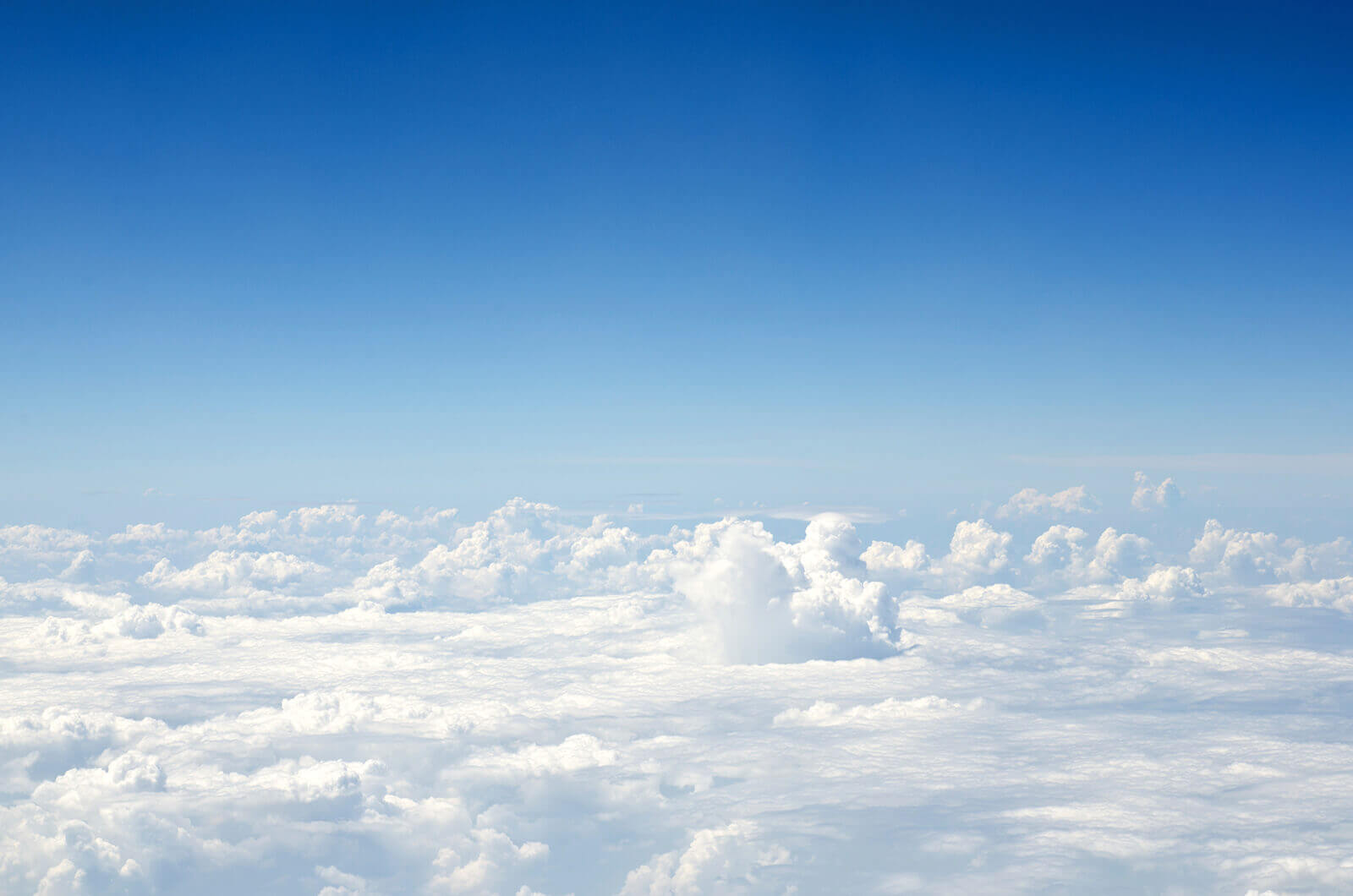
Cheap flights to Napa Valley
Find cheap flights to Napa Valley with Cheapflights
1. Tell us where you want to go
Enter your travel information like dates, passengers, trip type (one-way or round trip), and preferred cabin class then click “Find deals”2. Select your favorite providers
We find the providers serving your travel needs. Choose up to four travel providers to compare side-by-side for flights, hotels, or car rentals.3. Compare prices and book
Review each provider’s pricing and select the best option for you! Book through your favorite provider’s website for a seamless experience.Flights to Napa Valley in 2025
Find the latest flights to Napa Valley in 2025, with up-to-date prices and availability. In the last 7 days, Cheapflights users made a total of 2,558,603 searches and data was last updated on April 11, 2025.
Popular in | June |
|---|---|
Cheapest in | February |
Average price | $422 |
Round-trip from | $222 |
Best time to book a flight to Napa Valley
Have a flexible travel schedule? Discover the best time to fly to Napa Valley with our price prediction graph.
Cheapflights Insights
Everything you need to know about your flight to Napa Valley
Rainfall in Napa Valley by month
Plan your trip to Napa Valley by taking into account the average rainfall totals by month.
In terms of precipitation, rainfall in Napa Valley ranges from 0.0 - 4.4 inches per month. January is typically the wettest month, when rainfall can reach 4.4 in. July is typically the driest time to visit Napa Valley when rainfall is around 0.0 in.
Temperature in Napa Valley by month
Plan your trip to Napa Valley by taking into account the average temperature totals by month.
If weather is an important factor for your trip to Napa Valley, use this chart to help with planning. For those seeking warmer temperatures, July is the ideal time of year to visit, when temperatures reach an average of 66.2 F. Travelers looking to avoid the cold should look outside of December, when temperatures are typically at their lowest (around 46.4 F).
FAQs about flying to Napa Valley
Napa Valley climate
As you would expect from a wine-growing region, the weather in Napa Valley is absolutely glorious. The area is far enough inland that it escapes San Francisco’s thick fog, but is close enough to the ocean that it cools down just as the heat becomes overwhelming. The southern end of the Valley, near San Pablo Bay, is cooler, while the western end, near the Mayacamas Mountains experiences more rainfall. Temperatures typically stay between 70-90 degrees Fahrenheit year round.
Getting around Napa Valley
Public transportation isn’t exactly the most popular method of Napa Valley travel. Most people opt for car rental to enjoy the beautiful scenery as they cruise through both Napa and Sonoma Valleys. Take in the lush, green atmosphere, rolling hills, and stunning views as you weave in and out of striking altitudes.
If you’d rather rely on public transit, then either the Vine Public Shuttle or Lake Transit will take you to some of the more popular attractions. There are shuttle services all around the St. Helena area and a large amount of prevalent wineries. The Lake Transit has scheduled transportation to Ukiah, Clearlake, Clearlake Oaks, Lower Lake, Lakeport, and Middletown.